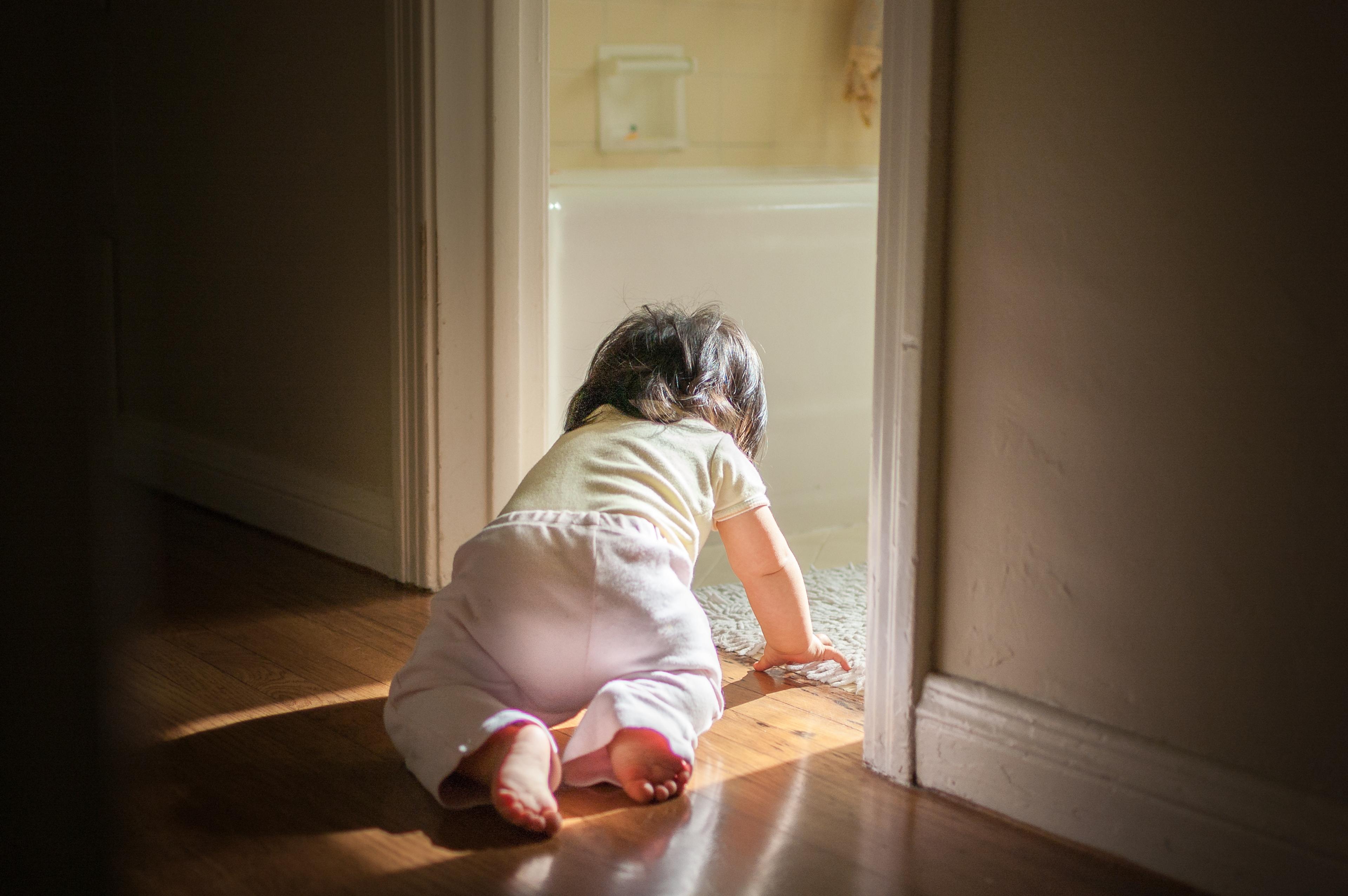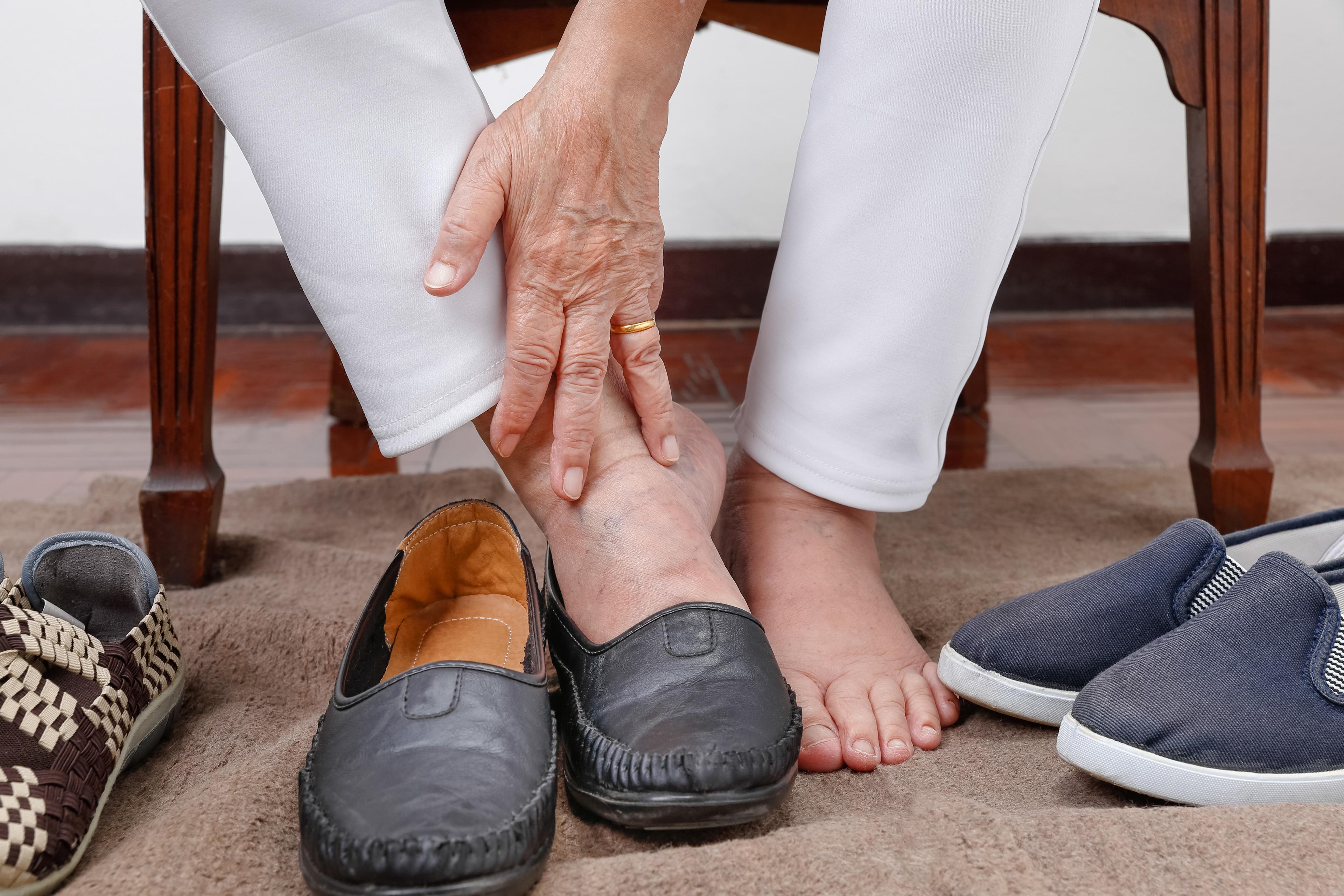
The harm caused by secondhand smoke is well-documented. But are you aware of how dangerous thirdhand smoke can be?
Thirdhand smoke (THS) is the toxic chemicals that form after tobacco products, e-cigarette vapor or aerosol combine with the natural chemicals in our atmosphere. Even if cigarettes are not actively being smoked, the residual effect of repeatedly smoking inside of a home or vehicle permanently damages interior surfaces and materials. This is because the toxic particulates and gasses left over by THS cling to walls, clothing, and exposed skin, and are absorbed into dust, carpets, drapes, and other fabrics. People are then exposed to THS when they breathe these gasses in or touch these contaminated surfaces.
The toxins and residue in THS are so strong that they resist most standard cleaning products. Decontaminating a home or car that was used by a smoker may require expensive professional cleaning.
Smoking in different rooms with fans on or smoking in front of an open window does not prevent thirdhand smoke, according to the American Academy of Pediatrics.
How does thirdhand smoke affect children and infants?
THS can be dangerous to everyone, including nonsmokers, pregnant women, people with respiratory illnesses and even pets. Babies and children are particularly vulnerable to THS.
Small children have small airways that are still developing, and their immune systems aren’t as strong as adults.’ Infants and children also spend a lot of time crawling on the floor and putting toys and small objects in their mouth. If they are spending time in a house contaminated with THS, they may ingest tobacco residue by putting their hands in their mouths after touching contaminated surfaces.
Secondhand smoke can cause many health problems, including cancer, heart disease, respiratory illness, and in the case of infants, the risk for Sudden Infant Death Syndrome (SIDS).
However, the long-term effects of THS aren’t as widely studied and documented. A 2021 study published in Environmental Research found that THS negatively impacted the gut bacteria ofinfants.
How to protect against thirdhand smoke
The American Academy of Pediatricians issued recommendations on how to safeguard against THS. They include:
- Not allowing smoking inside your home or car.
- Not allowing smoking near you, your children, or your pets.
- Asking anyone who cares for your child or pet to follow these rules — and explain to them why they are important.
Additionally, e-cigarette vapor or aerosol also contains chemicals. It’s best to disallow the use of e-cigarettes in your home, car, or near your child or pet.
The only way to completely protect against thirdhand smoke is to quit. Talk to your child's pediatrician about ways to keep your child healthy.
Blue Cross Blue Shield of Michigan (BCBSM) and Blue Care Network (BCM) members with PPO or HMO coverage are eligible for tobacco coaching, which extends to users of e-cigarettes and vaping products.
Call WebMD at 1-855-326-5102 to determine your eligibility and schedule your first call. You can learn more about the program by clicking here.
Photo credit: Getty Images





